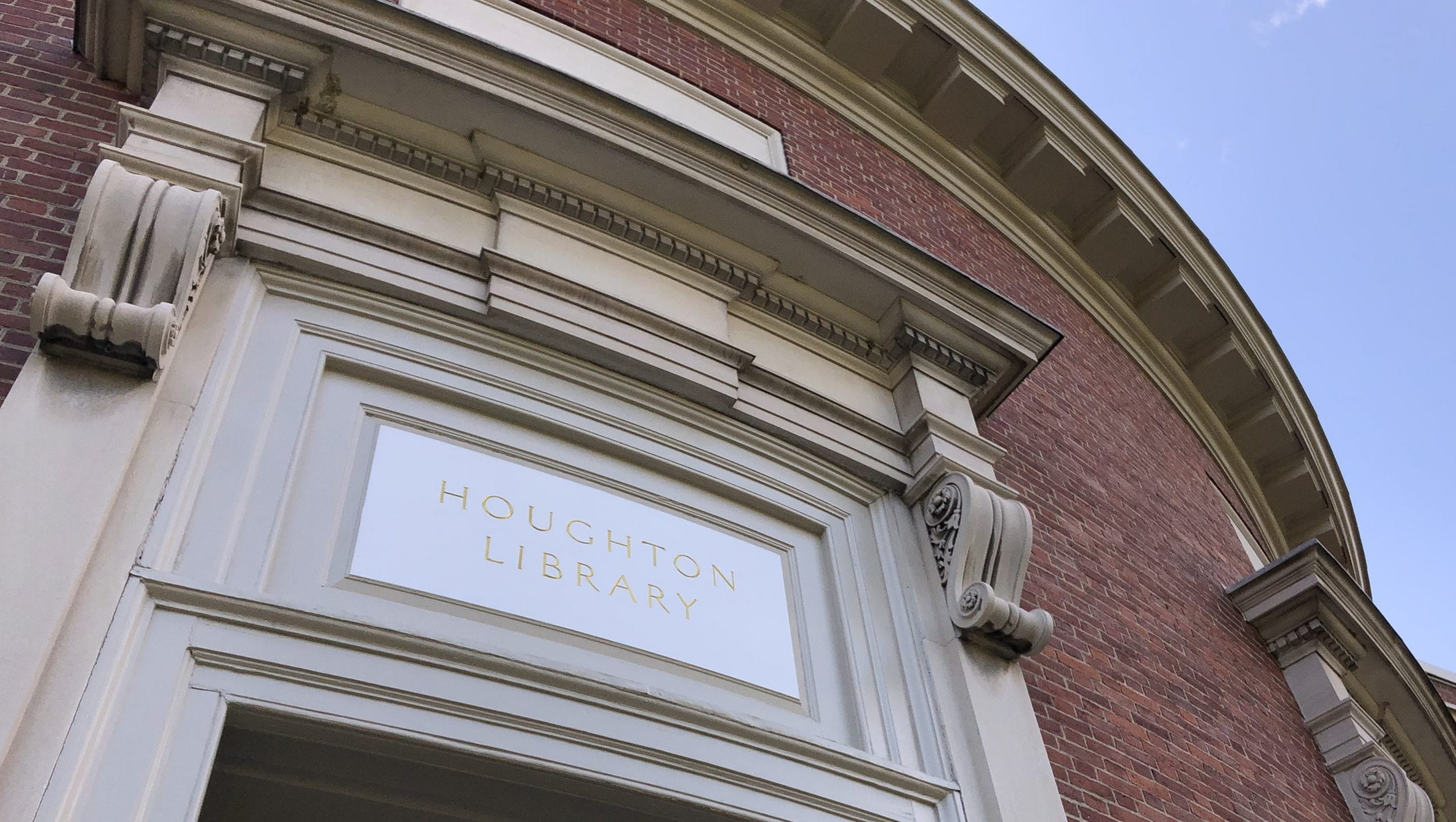One of the great joys of cataloging at Houghton is that surprises lurk everywhere. From the most innocuous description in a box list one can stumble across masterpieces, or sometimes even more interestingly, milestones on the path to masterpiece-dom. Last night I opened what I thought would be an early full score of Gounod’s Faust, only to discover what appears to be a rare proof copy.

I was cataloging what we refer to informally as the “Peyrotte Scores.” French conductor Jean-Marie Martin collected opera scores from a wide range of nationalities and time periods, and after his death in 1979 the collection was bequeathed to his friend and colleague the French collector and dealer Bernard Peyrotte, who expanded the collection substantially. Harvard Emeritus musicologist John M. Ward became aware of this collection around 2000; he purchased it in two installments: first, the vocal scores which he donated to the Music Library, and second, the full scores, which he donated to Houghton in 2007. Lisa Cox writes about this collection in John Ward and His Magnificent Collection.
While both parts of the collection arrived with complete box lists, the entries rarely give more than the briefest bibliographic details. Consequently, cataloging this collection can be unpredictable, and this score didn’t disappoint. I could see from the first page that I was dealing with a gem. Regular readers of this blog will remember my excitement at discovering a proof score of Les Huguenots in a different context. Music proofs provide a glimpse of printing history which is only now being studied in detail.
(As always, click the image to enlarge for a better view, then to return to the post, click the return to previous page button in your browser.)
This score is chock full of corrections, with myriad proof-reading symbols in several different hands. While sadly the proof readers are not identified, the rare opportunity to see an early iteration of the printing history of this famous opera is fascinating.
Many pages sport pasted or marginal manuscript corrections, though none appear to be in Gounod’s careful hand.
While unusually this score is lithographed rather than engraved, the particulars match closely enough to lead me to believe that it is a draft of the first edition full score. The copious corrections suggest that it is an early draft. Somewhere, Professor Ward is smiling.
[Thanks to Andrea Cawelti, Ward Music Cataloger, for contributing this post.]




